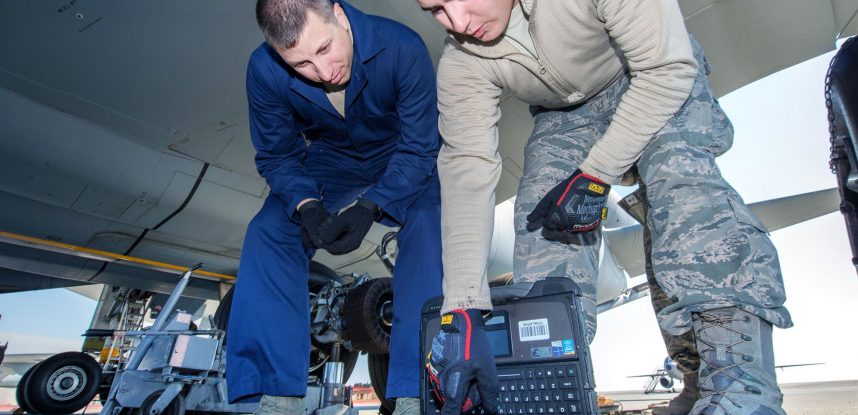Keys to Successfully Managing DMSMS: Being Proactive
“Proactively take timely and effective actions to identify and minimize the DMSMS impact on DoD acquisition and logistics support efforts.” SD-22 DMSMS Guidebook
The DMSMS conference is just around the corner. As a conference all about obsolescence management, it tends to be one we look forward to every year. This year, we’re looking to take the realities of being proactive straight to the trenches because, while everyone knows they need to be proactive, few teams feel they have an effective way to head off DMSMS and end-of-life (EOL) problems. To help close this gap and support the community, we’re going to have open office hours at the conference to share our experience in obsolescence assessment with interested attendees.
You might think being proactive isn’t challenging; however, while talking to a program manager recently, I discovered that he couldn’t take any action towards equipment sustainment until an EOL notice was issued by the original manufacturer. Anyone who is responsible for sustaining legacy systems knows this: At EOL, the options to mitigate obsolescence and counterfeit risk have dwindled, and those that remain are exponentially more risky and costly.
If a program is lucky, the original manufacturer has a “fit form and functional” replacement. However, any changes to a significant portion of the system will require significant levels of testing to verify that the substitution will actually respond within the system as the original part did. At best, the part works as a substitute, and testing demonstrates no unexpected errors. At worst, the part fails to recognize other parts within the system and requires extensive changes, necessitating that it be redesigned, retested, and recertified.
In both cases, the solution is neither timely nor does it minimize the DMSMS impacts on support efforts. Acquisitions teams are forced to scramble to assess long-term need and find funding for a last-time buy, or are forced to work within a volatile supply chain with increased counterfeit risk and rapidly changing costs. Logistics teams are forced to deal with managing increasing time lines as teams face dwindling spares, lengthening repair time lines, and unexpected component fallout.
Understanding how to assess ongoing obsolescence risk is critical. Products that are in the active part of their life cycles cannot wait for EOL and continue to meet the needs of the war fighter.
Kaye & the GDCA Team




